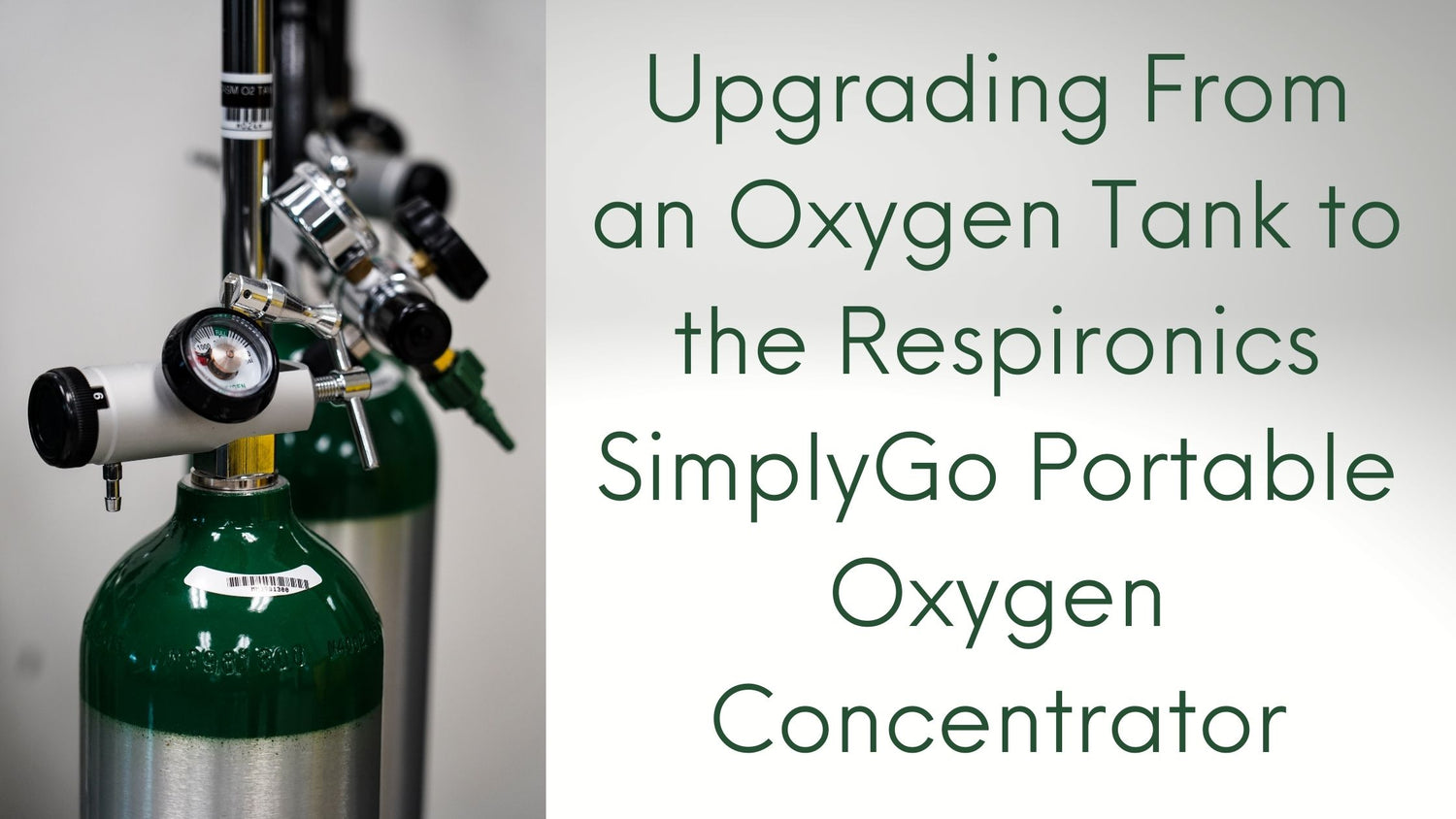Respiratory Resource Center - LPT Medical
How to Make the Most Out of Your COPD Treatment: Do's and Don'ts of Supplemental Oxygen Therapy
If you have COPD or another disease that...
Read MoreEverything You Need To Know About Lung Disease Diagnosis
The lungs are one of five vital...
Read MoreUpgrading From an Oxygen Tank to the Respironics SimplyGo Portable Oxygen Concentrator
More than 1.5 million adults in the United...
Read More


